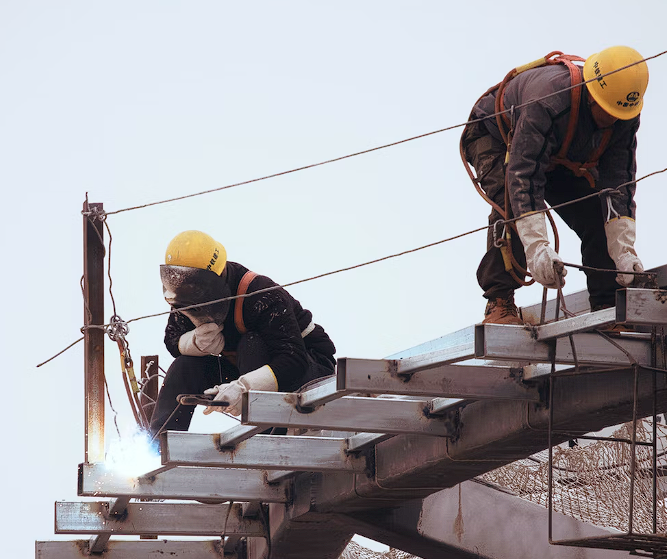Safety in the construction industry is non-negotiable, and the implementation of robust safety protocols is paramount to the well-being of workers and the success of any project. Construction sites are inherently hazardous, with a myriad of risks that, if not addressed with precision, can lead to severe consequences. Let’s delve into why safety protocols are not just necessary but absolutely critical in the construction environment.
1. Mitigation of Occupational Hazards
Construction sites are rife with occupational hazards, including falls, electrical accidents, and exposure to harmful substances. Safety protocols serve as a comprehensive guide to identify, assess, and mitigate these hazards, ensuring a safer working environment.
2. Prevention of Accidents and Injuries
Accidents are preventable, and safety protocols are the first line of defense. By establishing clear guidelines for every task, from operating heavy machinery to working at heights, safety protocols significantly reduce the likelihood of accidents and the resulting injuries.
3. Legal Compliance and Liability Reduction
Adhering to safety protocols is not just a good practice; it’s often a legal requirement. Following established safety guidelines ensures compliance with occupational health and safety regulations, reducing the risk of legal complications and liability in case of accidents.
4. Enhancement of Worker Well-Being
Workers are the backbone of any construction project. Safety protocols prioritize their well-being by providing guidelines for the use of personal protective equipment (PPE), ergonomic work practices, and health protocols, fostering a culture of care and respect for workers.
5. Increased Productivity and Efficiency
Safety and productivity go hand in hand. When workers feel secure in their environment, they can focus on their tasks without fear or distraction. Well-implemented safety protocols contribute to enhanced efficiency and a smoother workflow.
6. Protection of Property and Equipment
Construction sites involve valuable assets, including expensive machinery and materials. Safety protocols include measures to protect property and equipment from damage, theft, or misuse, contributing to the overall success and profitability of the project.
7. Emergency Preparedness and Response
No matter how meticulous the planning, emergencies can still occur. Safety protocols provide a framework for emergency preparedness and response, ensuring that workers know how to react swiftly and effectively in critical situations.
8. Reputation Management for Construction Firms
A commitment to safety enhances a construction firm’s reputation. Clients, investors, and stakeholders value companies that prioritize the well-being of their workforce. Implementing and upholding safety protocols is a testament to a company’s dedication to responsible business practices.
Conclusion: Safeguarding Lives and Project Success
In the construction industry, safety is not an option; it’s a necessity. Safety protocols serve as a lifeline, safeguarding the lives of workers, protecting assets, and ultimately contributing to the successful completion of construction projects. Prioritizing safety is not just a requirement; it’s a commitment to the well-being of the workforce and the longevity of the industry.


